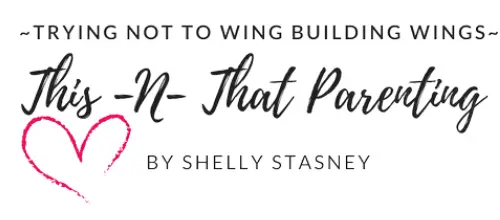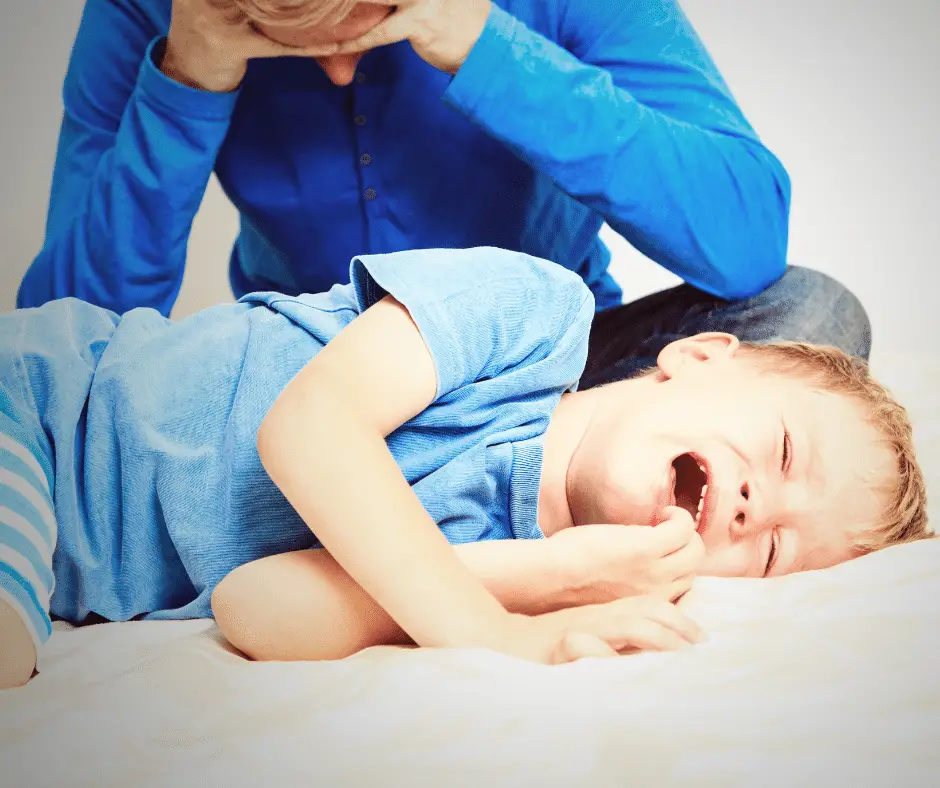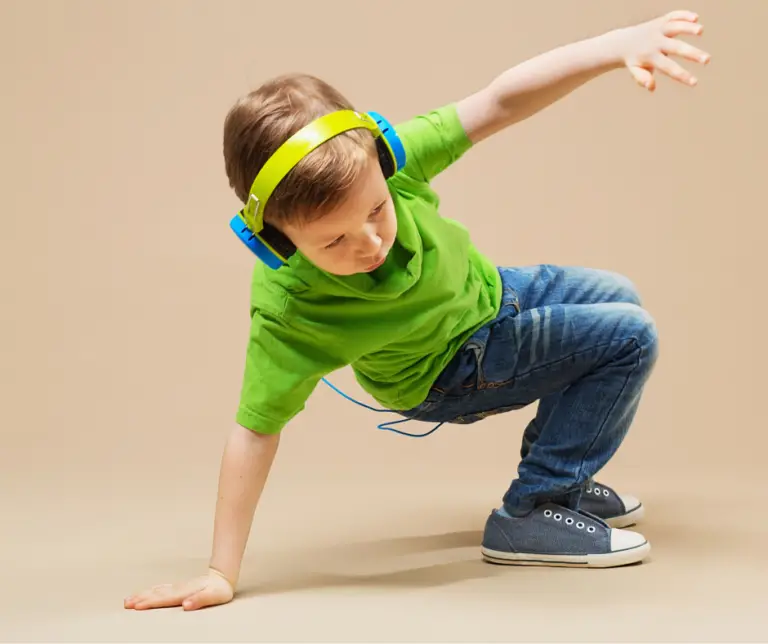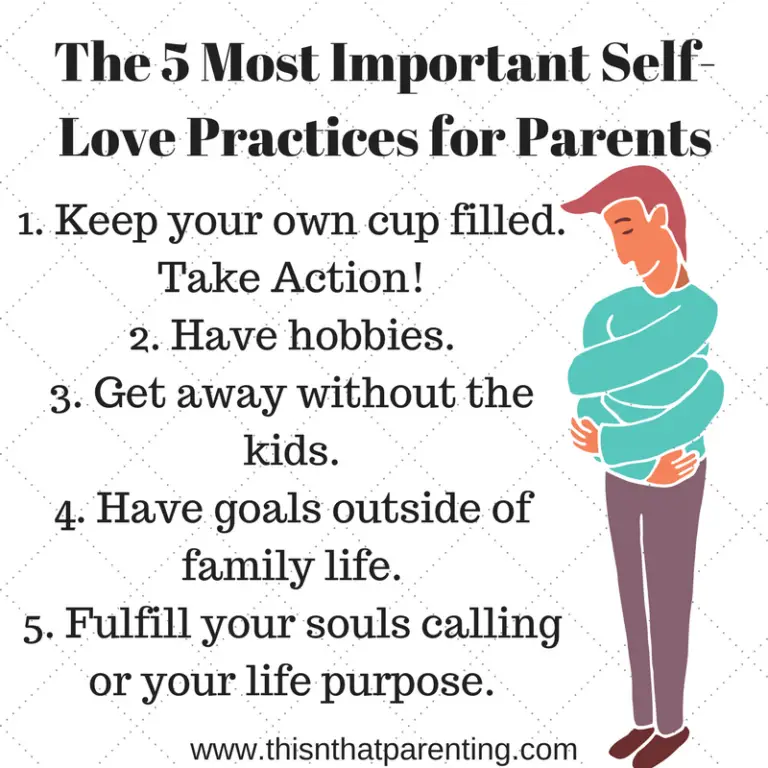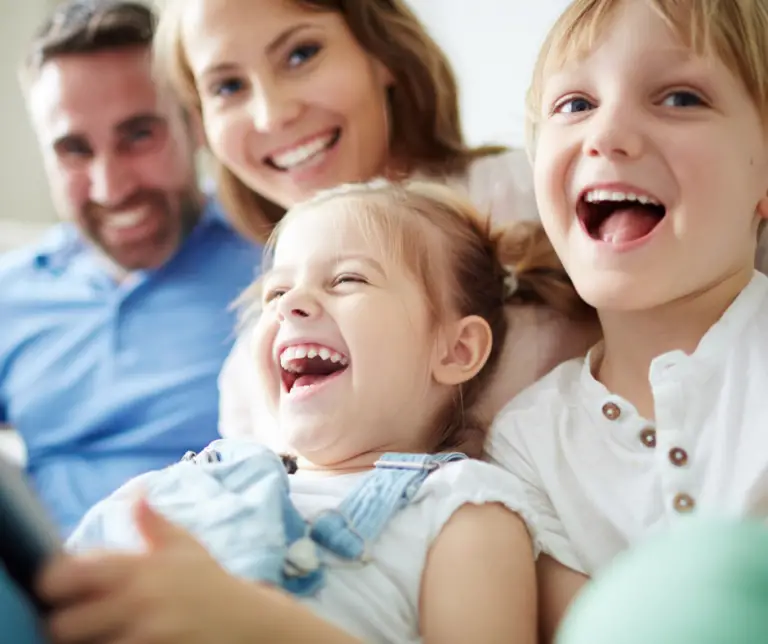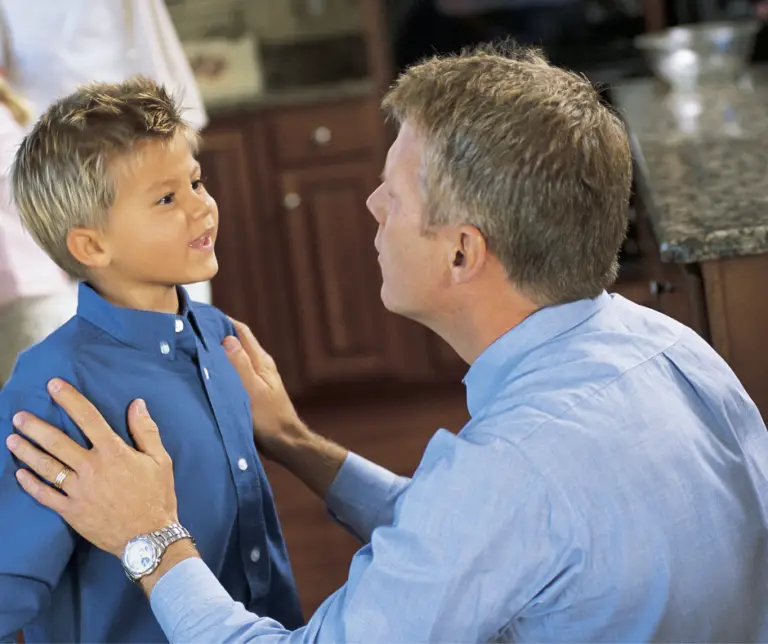25 Genius Ideas To Use Instead Of Telling Your Child, “Stop Crying!”
When our children cry, we can’t control their emotions. Telling your child, “Stop crying!” may seem to make matters better on the outside, but you are asking your child to basically implode. Get 25+ Ideas on what to replace stop crying with.
In recent weeks, I have witnessed adults say to a child things like:
Stop crying!
I’m tired of hearing you cry. Stop crying already.
Stop crying. Are you a baby? Well, you sound like a baby.
Get up. You’re OK.
Stop crying. You’re OK.
If you’re going to cry, go somewhere I can’t hear you.
Quit crying or I’ll give you something to cry about.
Stop crying. Be a big boy. I thought you were a big boy.
I am having these stop crying experiences more than I have ever experienced in my life. I’m not sure if it’s because I’m around more people than I have been in years or if it’s because kids are whining and crying more or parents are less patient in these trying times?!?
I’ve even been experiencing adults who put down or make fun of other adults who cry.
Whatever the case, I try my best to have the experience without judgment because I remember when I did not know what I know now. But now that I know what I know, I know it’s not OK for adults or children.
Secondly, I remember how I had to do the work of figuring out why it was that I felt uncomfortable about crying. Friends and co-workers had commented on how I reacted when they cried.
Lastly, empathy comes easy in these situations because I’ve learned that the way parents respond to their child’s emotions is the same way they respond to their own emotions. More importantly, it’s the way the child will respond to themselves and others as they grow.
Parents have so much responsibility. But I’m not here to stress you out. I’m here to help you respond to your child’s crying in the most healthy manner possible.
Maybe in the scenarios I’m experiencing, parents aren’t aware of the research. Maybe crying makes them feel frantic and panicky inside, like it used to do me. Or maybe they’re taking the Suck It Up Buttercup approach?
This “STOP CRYING” bombardment I’ve had, has led me to have a sense of urgency to pass on the information I’ve learned about the importance of not saying, “Quit crying”, or “You’re OK”, to a child as well as what to do instead.
Crying 101
Fact 1: Humans have 3 different types of tears:
1. Basal tears: Lubricate the eyes with each blink
2. Reflex tears: Released in a larger amount than basal tears. These tears come when you experience things such as onions, wind, a lash in the eye or a coughing fit.
3. Emotional tears: Often brought on by strong emotional stress, anger, suffering, mourning, or physical pain. They are not exclusive to negative emotions as people cry when extremely happy, such as during times of intense humor and laughter.
When reading the above, is it just me, or does it seem obvious that all 3 types of tears are necessary?
Fact 2: Researchers have found that emotional tears are chemically different from the other tears. Scientists have found that emotional tears contain hormones that release stress, tension, sadness, and physical and emotional pain.
They release the pain and give a person a sense of well-being. They allow the brain to get back to a sense of peace and calm. Basically, the brain is in fight, flight or flee otherwise.
Fact 3: Our creator had a purpose when he gave us 3 types of tears. All 3 are for our benefit.
Speaking of God. How does God respond to our tears? He comforts, holds space, wipes the tears, guards our heart and mind for us. He gives help, refuge, strength and so much more.
We are instructed to think, talk, and act like God.
Fact 4: When we cry, we not only are releasing current pain but the pain that has built up over time and not been given space to release.
As Elsa would say, “Let it go. Let it go. Let it gooooo….”
What Happens When We Try To Stop Our Child From Releasing Emotions?
- A child learns that their emotions are not allowed.
- The child learns to bury their big emotions.
- The child learns that crying is not allowed and that we will not show up for them in their upset.
- A child learns that vulnerability around emotional expression is a weakness and not a strength.
- This one is very important for parents to note: When humans suppress emotions, those emotions go out of conscious control. Then, the emotions pop-out in other ways usually by lashing out or acting out.
- If emotions are extinguished often enough, the brain never gets back to a state of peace and doesn’t learn to adapt to things we don’t like in a drama-free manner.
- In other words, a child doesn’t learn how to fail and deal with an upset in a healthy manner.
Related Article: The Way We Talk To Our Child Becomes Their Inner Voice
What Happens When We Allow Our Child To Feel Their Emotions?
- The child learns that emotions are not “bad”. They are part of life.
- A child learns that we have a choice in how we choose to respond to emotions.
- The child knows that a deep nurturing relationship between parent and child is a priority.
- The child will grow into an adult who sees crying as a natural coping mechanism.
- It teaches the child that they can handle their own upsets and disappointments.
- The child learns that they decide how they feel. No one tells them how they feel or chooses what is ok for them to feel or not feel. Emotional Freedom
- The child grows into an adult who can regulate their emotions in a healthy manner instead of stuffing them and exploding in other ways. This is part of executive functioning and emotional intelligence.
Related Article: Children Will Never Forget How You Made Them Feel
Put Yourself In your Child’s Shoes
Now it’s time to put yourself in a child who is told to quit crying or that they’re OK’s shoes.
Let’s pretend like you had a terrible day.
Your co-worker who you thought was your friend, didn’t treat you right. She says mean things to you.
During your lunch break, 2 co-workers come and take your lunch from you. When you try to chase after them to get it, you fall down and get carpet burn.
The copy machine jams every time you go to make a copy, and when you check your emails, your boss keeps adding things to your To-Do List that seem unimportant to your job title.
To top it off, you get stuck in traffic on your way home, and you end up over an hour late.
When you finally walk through the door, you call a friend to vent about your day, or you decide to share your thoughts with your partner.
While talking, you start to cry.
They say, “Oh, you’re OK. Stop crying. Don’t act like a baby!”
How does that feel? How would you have liked them to react?
Treat others, including your children, the way you want to be treated.
Are You Guilty Of Telling Your Child, “Stop Crying!”?
If you’re thinking, “Oh crud, I say this!” This is not to guilt you if you have told your child to stop crying or that they are OK.
This is to inspire you to start training yourself to give yourself space to feel emotions, and in effect, you will be able to hold space for your child to express their emotions.
The moral of the story, you can consciously deal with emotions when they come up. Or you can push them down or ignore them and have to deal with them – who knows how, what way or when because they will come out on their own! YIKES!
Parenting Newsflash: Trying to stop yourself or your child from feeling their emotions actually makes your job harder in the long run.
You can’t stop emotions. They’re coming out if they want to in some form or fashion. Wouldn’t it be nice if they came out while you were present to be supportive? At home instead of at Target when you’re buying your latte? Like I said, letting your child feel their feels without being shut down pays off in the long run. So worth it!
25 Brilliant Ideas You can Say or Do For Your Child Instead of Telling Your Child, “Stop Crying!” and “You’re OK”!
- “Your safe and we love you.”
- You don’t have to try to fix our child’s problem. Just be with them or just say what you see. No opinions or judgments. i.e. You’re really having a hard time with this.
- “Do you need a hug?” or just put your arms out and see if they come to them.
- You can just sit next to your child without saying anything.
- “I’m here for you.”
- “Look. You’ve cried it all out and now you feel better. You know how to help yourself.”
- “I’m sorry things didn’t work out the way you wanted.”
- “I know that must be so disappointing.”
- “Are you OK?” Asking someone how they feel vs. telling someone how they feel makes a big difference.
- You can breathe deeply to control your emotions. Hold their hand or put your arm around them.
- I love how Shaelyn Cataldo, mental health coach and author, describes what our child needs.
“A child’s nervous system is not fully developed and our job is to stand in for their nervous system until it is running on its own. Limbic resonance refers to the process by which one person’s emotional brain entrains another person’s emotional brain. Our child will begin to match our own emotional state and energy.” Side note: The brain is not fully developed until age 25!! - It’s OK to be sad.
- Go ahead and feel your feelings. I’ve got you!
- Don’t use the word BUT. But invalidates things. Replace But with AND. You wanted the toy, and your cousin had it first. You can wait your turn.
- Maintain the space and give your child space to feel their feelings. Let others who try to come around and give their input know their opinion isn’t needed. This is called being an advocate for your child.
- Don’t try to distract the child with tickling or talking about something else or give them a toy etc. Distracting teaches the child not to deal with their feelings and that the feeling needs to quickly be dismissed.
- If the child is in illogical mode, you can talk about the senses before having a discussion about feelings. For example: I can hear that clock ticking. I see 4 yellow things in this room. It smells like supper is almost ready. Your shirt feels so soft. When the child calms down, discuss the experience.
- If you agree, I’d like to give you a hug. Let’s see if we can fill your love tank.
- Is your leg hurt or are your feelings hurt?
- I can see that you’re upset about ____________.
- You’re having a hard time and I’m here for you.
- Sit silently with the child with your hand on their shoulder or leg as a reminder that you’re there for moral support.
- When you’re ready to talk about it, I’m ready to listen.
- What are you feeling? Anger, Sadness or Fear?
- What Suzy said to you was not kind. You deserve to be treated with love. I love you and I always will, no matter what.
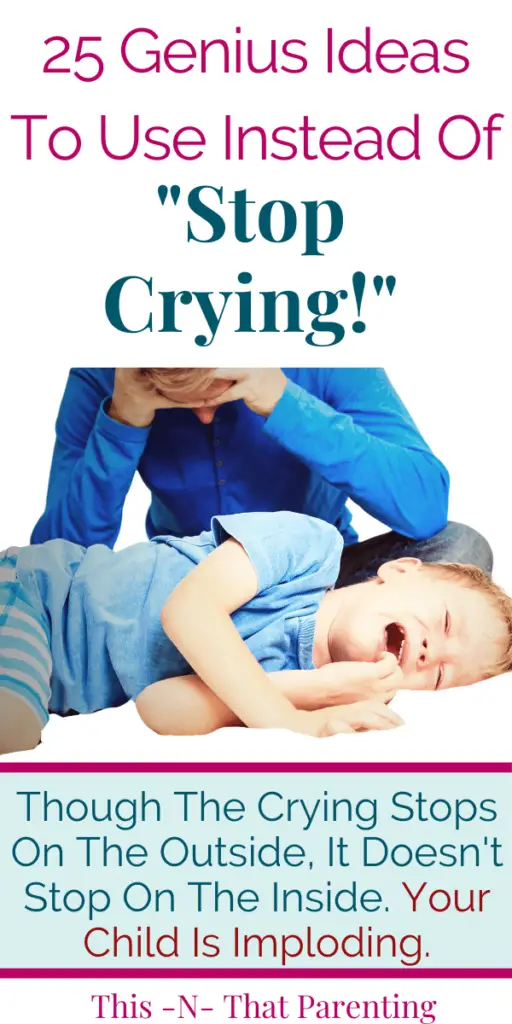
Tips From My Own Experience Of Quitting Saying, “Stop Crying!” and “You’re OK!:
- When I converted from You’re OK and Don’t Cry, I found I was more consistent once I had a plan and knew what I was going to say instead. Memorize what you’re going to say next time your child is crying.
- Whatever you decide to say, look the child in the eyes while you say it. Then, the child feels acknowledged.
- Later, reflect on why your child was crying. Was it for the reasons at the moment or was there more to it? If they are attention-seeking, then be intentional about connecting with your child. Click here to get ideas on how to do that!
- No matter when or where the experience happens, follow your plan. When I have stood by and supported my child through a meltdown without melting down myself, I’ve been told I’m enabling him, I’ve been told I’m babying him, and I’ve been asked if I’m trying to raise a wuss?”
- Make a pact with yourself not to care about other’s opinions. Others may stare at your crying child. Just give them the finger or ask them what they’re looking at. This will make them look away.
Just joking! Seriously though, other people’s opinions about you and your child are none of your business. Ignore onlookers and stay present and supportive for your child. They are the one you have to live with. - You will start to see your child handle emotions however you handle emotions. The payoff is so worth it. My child will come up to me and say, “Mom, I need attention.” “Mom, I need a hug.” “Mom, I feel jealous of (brother’s name).”
Do they do it all the time? No. But I wasn’t saying that at age 4 or 6 much less age 30, so we’re changing our heritage! I’m so thankful I found the research. - Later when your child is chill. Have a discussion about the experience. Depending on your child’s age, help them come up with a plan of how to handle they want to respond if the situation occurs again.
- You can set boundaries when you reflect and coach your child. “It’s not OK to yell, throw things, or push your brother when you upset….What can you do instead? What can you do differently?”
- The better your self-care, the better the chance you will be able to handle the storm and implement the plan. You can’t give what you don’t have. Take care of yourself, so you can take care of your child.
- This process is ongoing. All parents bomb at one time or a few times or many times in supporting their child or themselves through emotions. Give yourself grace. Every day is a new day! Tell yourself, “Emotions are OK. It’s how we act on our emotions that is or isn’t OK.”
The Importance Of Showing Empathy To Your Child Instead of Telling Your Child, “Stop Crying!”
We’ve all heard of the Golden Rule, treat others the way they want to be treated. Well, now there’s a new rule in town, and it’s called the Platinum Rule, treat others the way they want and need to be treated.
When you show your child empathy, it does not mean that you agree with their feelings or that you even share their feelings. You are showing your child respect by honoring their feelings. You allow them to show their feelings because it is so healthy for everyone to know they have a right to their feelings.
Call To Action
I pray the This -N- That Parenting Tribe will allow themselves and their family members to experience their emotions without judgment or suppression. I pray they will support and hold space for others who are feeling emotional in these trying times.
Most of all, I pray that those who need to hear and accept this message read this article today! I pray that others get a remembering, reminding, and renewing of the importance of allowing emotions. Please join me in prayer.
Is this easy?
No. But it’s worth it. Your family is worth it. It can be done when you have an intention. I’m proof. And if I can do it. YOU can do it.
Want More On Connection?
- Become A YES Parent. 5 Simple Ways To Say YES More Often
- The Impact Of The Way We Talk To Our Child Is Mind-Blowing
- 5 Habits To Ensure You Keep Your Word With Your Child
- The Art Of Being A Present Parent
- 10 Smart Ways To Give Your Child Choices And The Benefits
- Children Will Never Forget How You Made Them Feel
- 8 Shocking Truths About Teenage Brain Development Every Parent Must Know
- Self-Fulfilling Prophecy: Children Will Become What You Say They Are
- A Family That Laughs Together Stays Together- 100 Jokes To Make Your Kids Laugh
- The Importance Of Creating I Love You Signals For Your Children
- Do You Have Shiny Parenting Syndrome? Find The Cure Here!
Make it a great day or not, the choice is yours! Remember to have fun, laugh and give God the glory! I love you! SS
